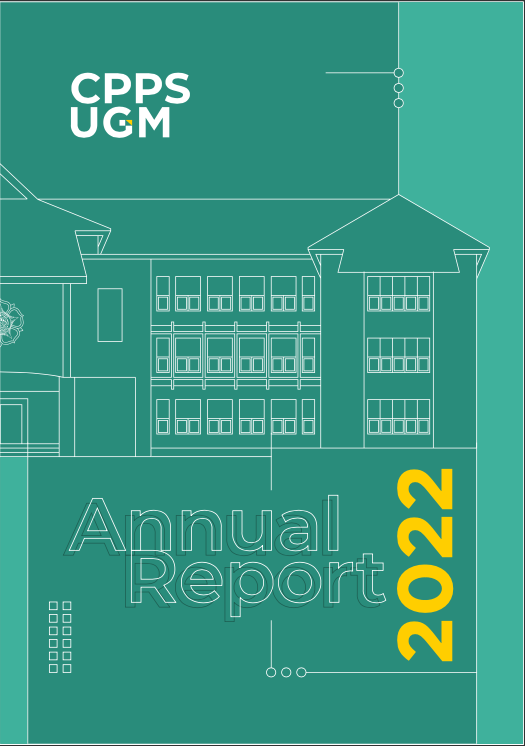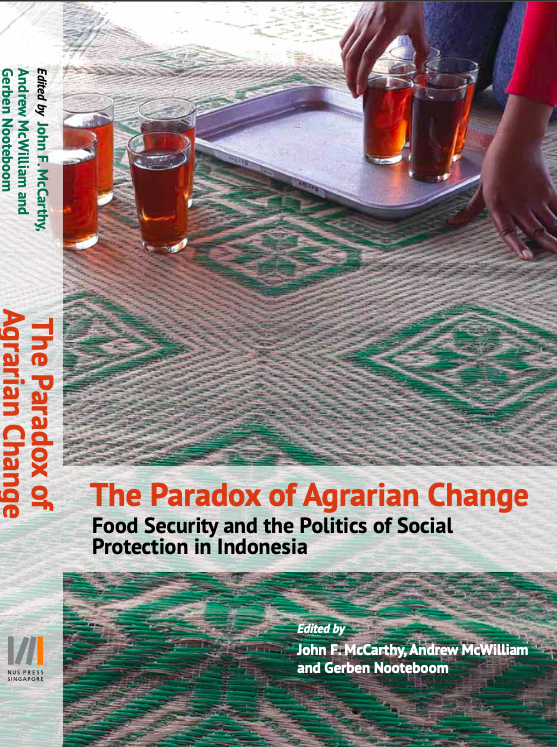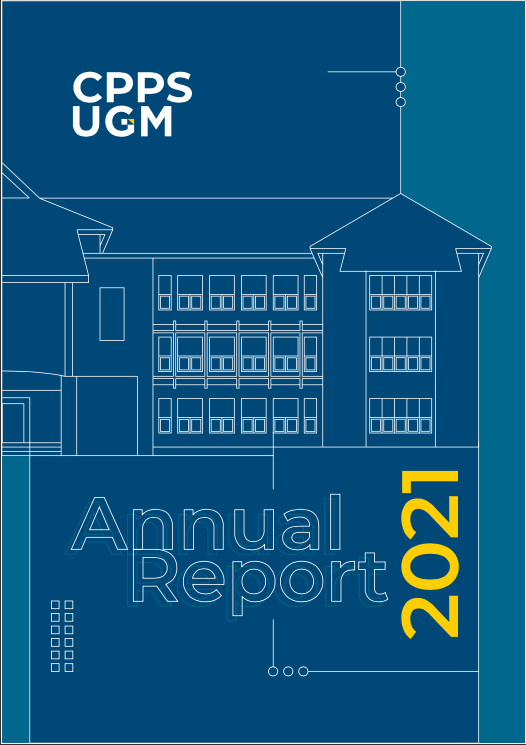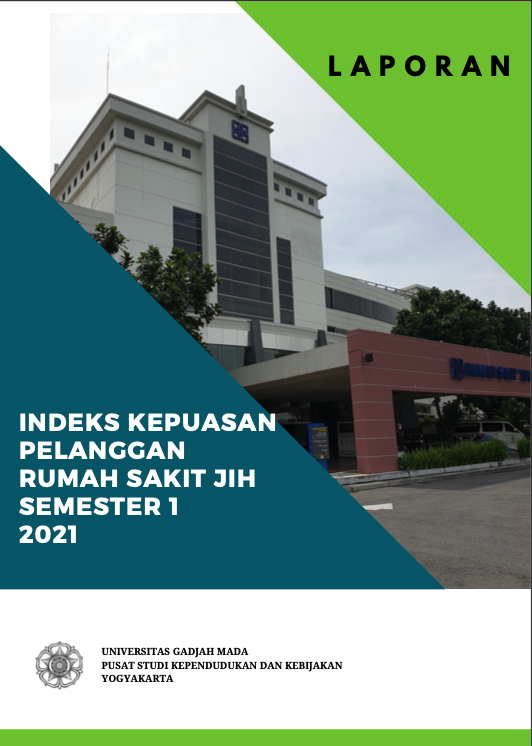Administrative Reform Strategies for Different Local District
|Authors: Agus Heruanto Hadna, Dyah Kartika
Topics: Administrative reforms, decentralization, New Public Management (NPM
Article Title: Administrative Reform Strategies for Different Local District
Book Title: GOVERNANCE REFORM IN INDONESIA AND KOREA: A Comparative Perspective
Publication Year: 2011
Language: English
ISBN: 979-420-740-3
Publisher: Gadjah Mada University Press
Regional autonomy in Indonesia, which is granted by the central government through the Law No. 22/1999 and later revised in Law No. 32/2004 has induced many changes in the local government administration system. According to the two laws, the central government requires districts to undertake reforms in the administrative system (bureaucracy). However, results of the administrative reforms so far have been diverse and varied, with some of them being ineffective. This raises the question as to why administrative reform policies implemented by some districts created by the central administration have not been effective. The reform policy has to engage in a lot of thinking if it is to adopt such managerial style of administration reforms as entailed in the New Public Management (NPM) which are based on the prevailing market conditions and stable government. Facts indicate that not all districts have stable government system and economic progress, let alone concerns for the citizens under their respective jurisdictions. Consequently, district administrations find difficulties in responding to the market reform paradigmatic model. The recommended reform strategies are to categorize districts into three administrative capabilities which are under-bureaucratization, transition, and bureaucratization. Considering different levels of progress among districts, the central government is better able to choose models of administrative reform that are appropriate for each district where intervention will be made. []





